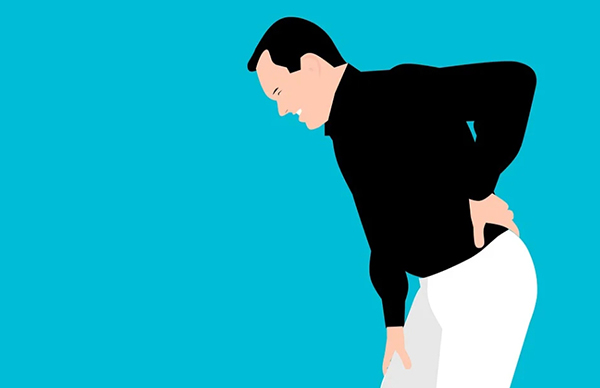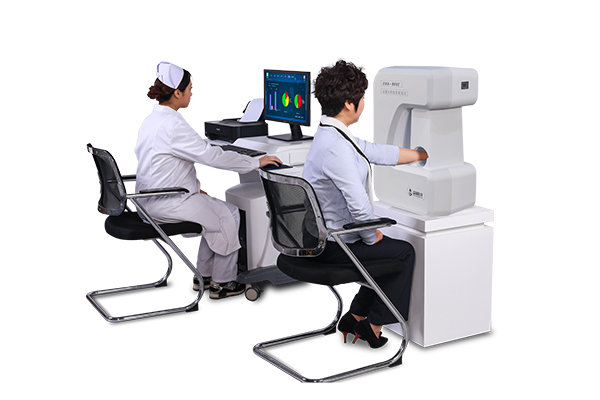1. Osteoporosis is a systemic bone disease caused by a variety of reasons, which is the loss of calcium in the bone, and the bone structure is thus filled with Spaces, which makes the bone appear hollow and loose, resulting in the reduction of the supporting force of the bone, so it is easy to fracture. The main clinical features are the decrease of bone density and bone quality, the damage of bone microstructure, the increase of bone fragility, and the formation of a state prone to fracture.
2. Osteoporosis is mainly divided into primary and secondary, and primary is further divided into postmenopausal osteoporosis (type I), senile osteoporosis (type II) and idiopathic osteoporosis. In addition, it has been observed that a variety of diseases, such as endocrine diseases, connective tissue diseases, chronic kidney diseases, gastrointestinal diseases, and blood system diseases, may trigger osteoporosis. It has also been called the "silent epidemic" of the 21st century.
3. Clinical significance of bone mineral density examination: 1) Early detection of osteoporosis. Bone mineral density (BMD) is an important method to evaluate bone strength and predict fracture risk. Through regular testing, we can detect signs of bone loss or osteoporosis in time to provide a scientific basis for early intervention. 2) Personalized health management: Each person's bone health is unique. Bone mineral density test results can provide us with personalized health guidance, including diet adjustments, exercise recommendations, and necessary medications to help us more effectively maintain bone health. 3) Prevent serious consequences such as fractures: one of the most serious consequences of osteoporosis is fractures, especially fractures of the hip, spine and wrist, which not only bring great pain to patients, but also seriously affect their quality of life and even life-threatening. With BMD testing, we can take steps to reduce the risk of fracture and protect quality of life. 4) Promote the health awareness of the whole people: Incorporating bone density testing into routine physical examination items will help to raise the public's attention to bone health and enhance self-care awareness. Only when everyone is aware of the importance of bone health and takes active steps to maintain it can we truly achieve the ambitious goal of universal health.
4. Risk factors for osteoporosis 1) Age: After the age of 35, both men and women will gradually lose bone mass because bone is absorbed more than it is made. 2) Nutrition: Especially during adolescence, the diet is chronically deficient in calcium. 3) Lack of exercise. 4) Lack of female estrogen: postmenopausal women are prone to occurrence. 5) Underweight or thin. 6) Smoking. 7) Excessive alcohol or caffeine use: promotes calcium loss from urine. 8) High-phosphorus diet: such as excessive sports drinks, meat eaters. 9) Some endocrine diseases. 10) Not getting enough sun. 11) Someone in your family has osteoporosis.
5. A small number of X-rays are used in bone mineral density examinations, but the amount of radiation is extremely low, and the radiation amount of 100 bone mineral density examinations is roughly the same as that of 1 chest X-ray, so bone mineral density examinations are not risky.
6. Diagnosis and grading of osteoporosis:
For postmenopausal women and men after the age of 50, according to the standards set by the WHO (the International World Health Organization), osteoporosis can be divided into the following 4 grades:
1) T≥-1 indicates normal bone.
2) -1>T>-2.5 indicates osteopenia.
3) T≤-2.5 is osteoporosis.
4) T≤-2.5 combined fracture is severe osteoporosis.
Post time: Nov-11-2024


